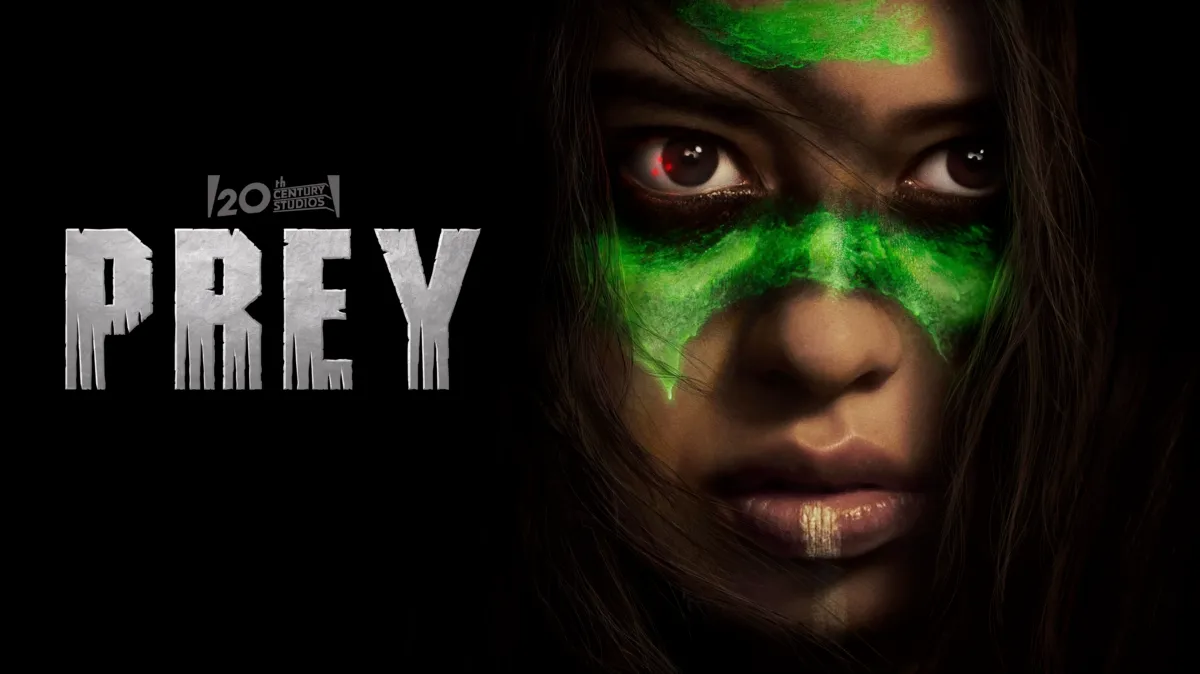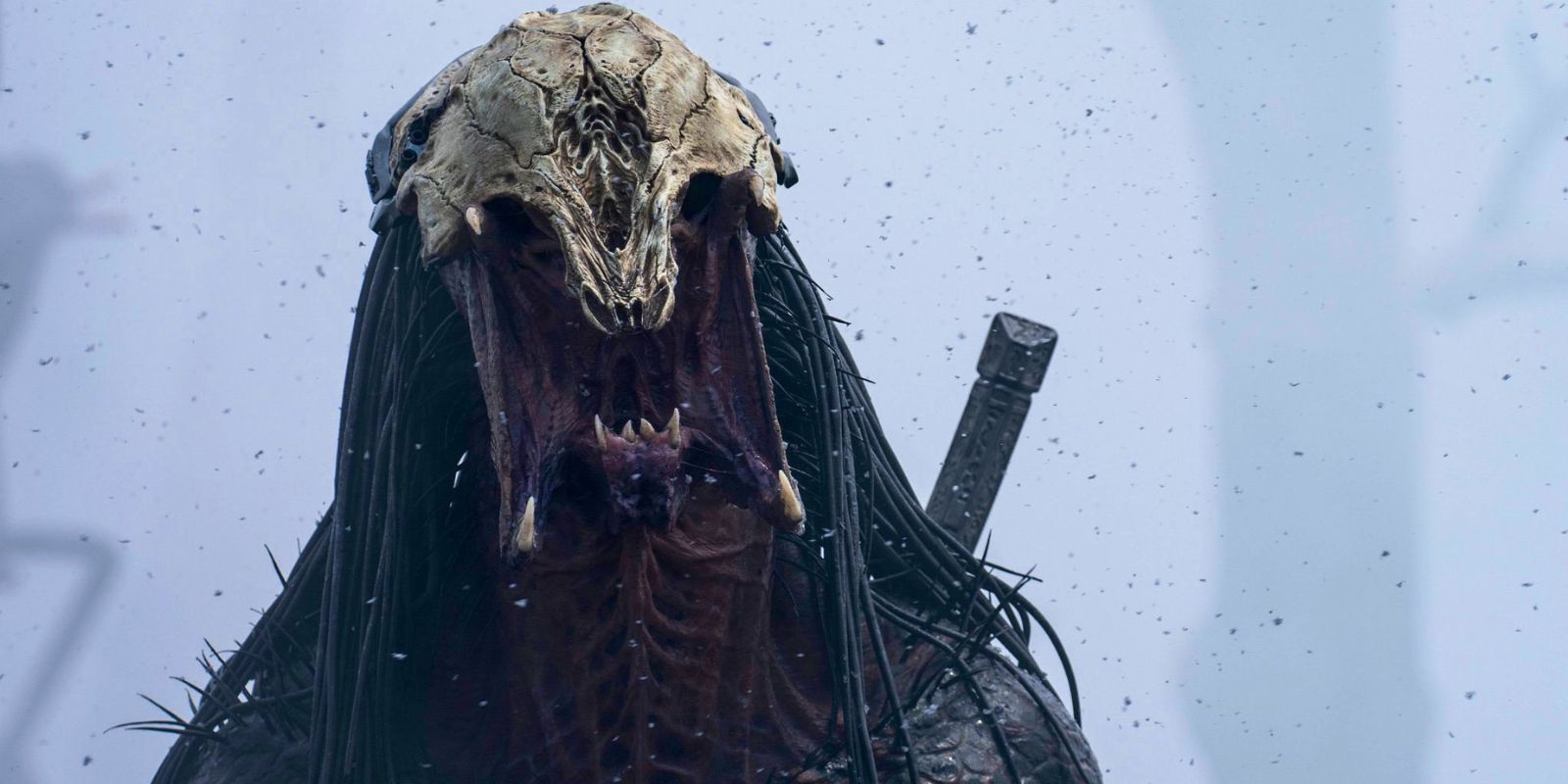Introduction: A Return to Form for a Storied Franchise
After a series of sequels that struggled to capture the lightning-in-a-bottle magic of the 1987 original, the Predator franchise found new life with Prey. Sent straight to streaming, the film became a breakout success, revitalizing the series and proving that there was still immense potential in its core concept. Helmed by director Dan Trachtenberg, known for reinvigorating the Cloverfield series with 10 Cloverfield Lane, Prey wisely moves away from modern military settings to explore a concept long teased by the franchise: a historical hunt.
Set in the Comanche Nation in 1719, the film is a tightly focused, character-driven story of survival that pits a young, aspiring warrior against a technologically advanced alien hunter. This analysis will explore the film's long development, its dedication to authenticity, the terrifying design of the Feral Predator, its thematic depth, and a detailed breakdown of its action-packed final act.
The Long Hunt: The Making of Prey
The journey of Prey to the screen was a lengthy one, beginning as far back as 2016. Director Dan Trachtenberg and writer Patrick Aison first pitched the idea to Fox during the pre-production of 2018's The Predator. However, with the studio focused on that film's troubled production and extensive reshoots, there was little appetite for another Predator project, especially a prequel. Trachtenberg's initial vision was much smaller, conceived as a short film that would follow the life of a young Comanche woman named Naru, culminating in the shocking reveal that her story was, in fact, a Predator movie.
The project, developed under the codename Skulls, was kept a secret for years. The inspiration was twofold: to explore the story of a character like Billy from the original film, a Native American warrior whose quiet intensity left a lasting impression, and to finally act on the promise of the flintlock pistol given to Danny Glover at the end of Predator 2—a trophy that proved the Yautja had been visiting Earth for centuries. By focusing on a smaller, personal story with a limited budget, the film was seen as a less risky final attempt to revive the series after several previous efforts had stalled.
Authenticity and Cultural Respect
A cornerstone of the film's success is its deep commitment to an authentic portrayal of the Comanche people. A Comanche consultant was hired to ensure accuracy, and nearly the entire stunt team and crew were of Indigenous heritage. This dedication extended to the language; the film was released on streaming with a full Comanche dub, for which the cast impressively dubbed their own lines.
Watching the film in Comanche provides additional layers of meaning. For instance, Tabe's frustrated cry of "Isai" translates to "cheater", a sentiment that many viewers share regarding the Predator's use of advanced technology like invisibility cloaking. The script was also reviewed by Comanche writers to ensure it was free from harmful stereotypes. This effort resulted in a film that functions not only as a brilliant sci-fi action movie but also as a compelling and respectful Native American story.
Designing a New Hunter: The Feral Predator
The Predator in Prey is a significant departure from its predecessors, feeling more primal and raw. Trachtenberg's goal was to make this hunter scarier than any before it, while still maintaining its technological edge. To achieve this, the Feral Predator wears less armor than other iterations, giving it a more visceral and creature-like appearance.
Its most striking feature is the biomask. Instead of the traditional metal helmet, this Predator wears a menacing skull, which some fans have theorized could be that of a River Ghost, one of the creatures from 2010's Predators. The design philosophy was for the creature to wear its trophies, a concept mirrored by the French fur trappers who wear animal skins.
This version of the Yautja is sleeker and more agile than the larger, more muscular hunters seen in previous films. The filmmakers envisioned it as coming from a different hemisphere of the Yautja home planet, one with a drier, more desert-like climate, which would account for its different physiology. While the iconic Plasmacaster is absent, its weaponry remains formidable, including a wrist-mounted bolt gun and a powerful cutting shield, making it more than a match for the 18th-century warriors it encounters.
A Warrior in Waiting: Naru's Journey Begins
The film opens not in space, as most Predator films do, but firmly on Earth, establishing the peaceful, day-to-day life of Naru's tribe. Naru, a skilled healer and tracker, yearns to be a hunter and warrior, a role traditionally reserved for the men of her tribe. She defies expectations, secretly practicing with her tomahawk, which she has attached to a rope for retrieval—a unique weapon that becomes crucial later.
Her desire to prove herself is the film's central driving force. It parallels the journey of the Feral Predator, who is also on its first hunt on Earth, seemingly a young hunter trying to prove its own skills. Naru's opportunity comes when she sees what she believes to be a Thunderbird—a powerful deity in Native American mythology—in the sky, which she takes as a sign that it is time for her great hunt. In reality, she has witnessed the Predator's ship arriving in the atmosphere.
The Hunt Escalates: A Clash of Worlds
The film masterfully builds tension by establishing the food chain of this new environment. The Predator begins by observing and hunting animals—a snake, a wolf—to determine the planet's apex predator. This study of its surroundings is a classic Yautja trait, first seen when the Jungle Hunter studied the scorpion in the original film.
Naru, meanwhile, joins a search party for a missing tribesman, believing a mountain lion is responsible. Her tracking skills are dismissed by the other warriors, but she quickly finds evidence of something far more dangerous: enormous, three-toed tracks and a skinned snake, signs that point to an unnatural killer.
The narrative introduces a second antagonist in the form of French fur trappers, whose brutality serves as a dark mirror to the Predator's hunt. They leave a field of skinned buffalo to rot, taking only the pelts—a shocking act of waste that horrifies Naru, whose people use every part of the animal. This act serves as a red herring, as skinning victims is also a Predator trademark, blurring the lines between the "monster" from the stars and the colonizing forces invading the land.
The Final Confrontation: Hunter Becomes Hunted
After witnessing the Predator slaughter a grizzly bear with ease and later massacre her fellow warriors, Naru is captured by the French trappers. They use her and her brother, Tabe, as bait to lure the creature, a fatal miscalculation. The Yautja code of honor forbids killing unarmed or tied-up prey, as there is no "sport" in it. Consequently, the Predator ignores them and systematically annihilates the trappers instead, leading to one of the most brutal and well-choreographed action sequences in the franchise.
After her brother is tragically killed, Naru realizes she must rely on her intellect, not brute force, to defeat the beast. This is the core of her character arc: using her skills as a healer, tracker, and observer to outsmart her opponent. She recognizes that the orange Tutsia flower, which she uses for medicine, lowers body temperature when consumed. By eating it, she can effectively become invisible to the Predator's thermal vision, hiding in plain sight.
The final showdown is a masterclass in tactical storytelling. Naru lures the Predator into a muddy swamp—a location she previously fell into and escaped from, turning a moment of weakness into a strength. She uses her knowledge of the Predator's weapons against it, particularly its laser-guided bolt gun. She positions herself in a way that when the Predator fires, its own targeting system, aimed at her through its stolen mask, guides the projectile back into its own head. It’s a brilliant and earned victory, proving that her cunning and adaptability are her greatest weapons.
The Aftermath and Franchise Connections
Naru returns to her village not just as a survivor, but as a hero. She carries the head of the Feral Predator—a trophy mirroring her brother's earlier lion kill—and is finally recognized as the great warrior she always knew she was. In a significant moment for franchise fans, she hands over the flintlock pistol she recovered from the trappers, the very same one seen in Predator 2, now in the hands of her tribe's war chief.
The story continues in the film's unique animated end-credits sequence, designed in the style of traditional Native American hide paintings. After recapping the events of the movie, the animation shows more Predator ships descending from the sky, indicating that the Yautja have returned, likely to investigate the death of their hunter or to hunt the one who defeated him. This tantalizing tease sets the stage for a potential sequel, leaving the door open for Naru's story to continue.
Conclusion: A Triumphant and Defining Chapter
Prey is a spectacular achievement, a film that honors the legacy of the original while forging a bold new path. Its success lies in its simplicity and focus: a compelling protagonist, a raw and terrifying new Predator, and a story grounded in a rich, authentic cultural setting. Amber Midthunder delivers a powerhouse performance as Naru, creating a character who is resourceful, resilient, and relatable.
By stripping the formula down to its core elements of hunter versus hunted, the film became both a critical and commercial darling, breaking streaming records and earning widespread acclaim. It is a thrilling, intelligent, and deeply satisfying film that not only saved a franchise but elevated it, proving that sometimes the best way forward is to look to the past.








No comments:
Post a Comment